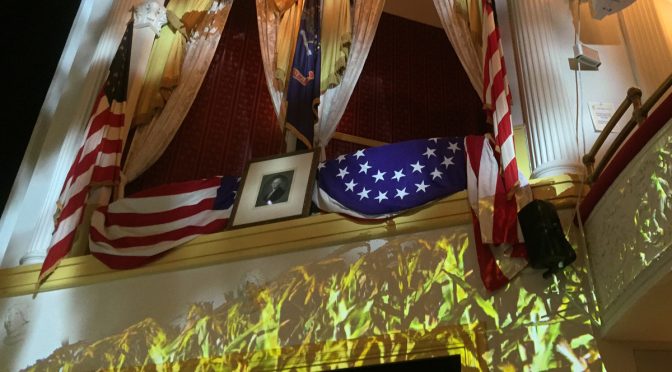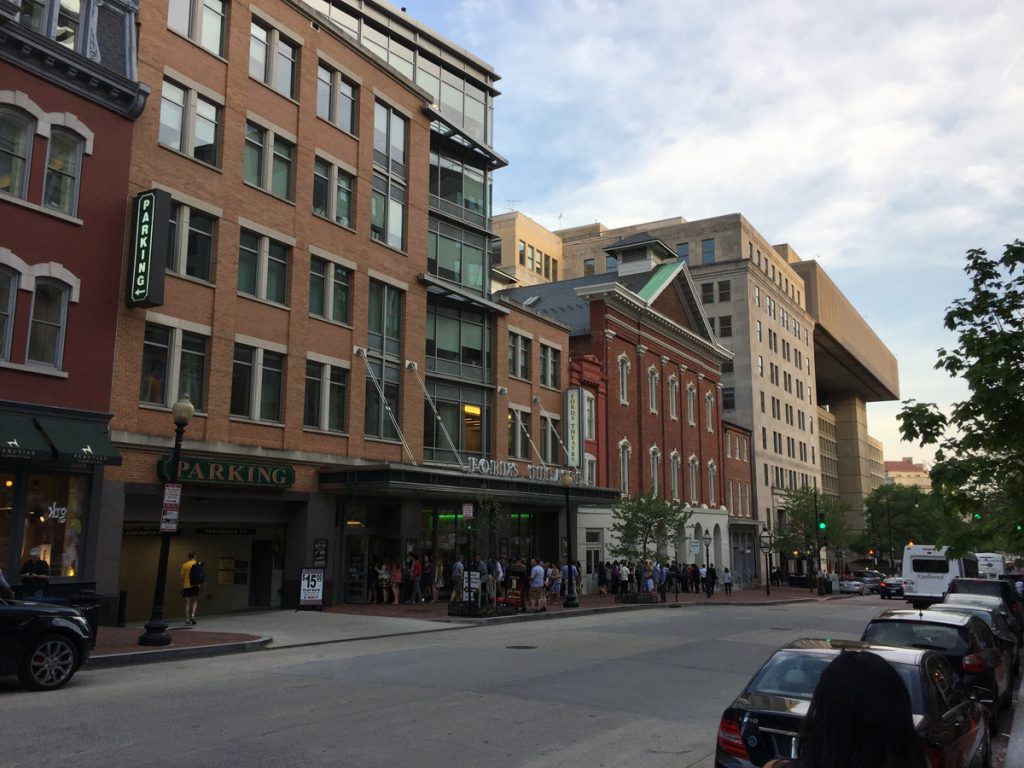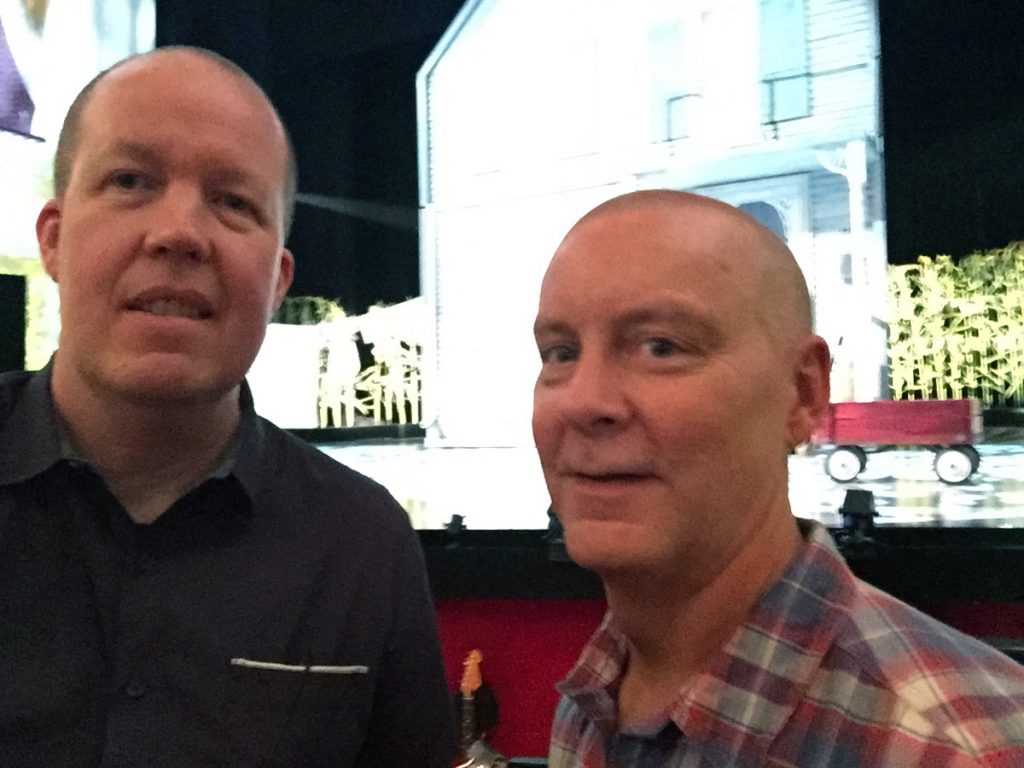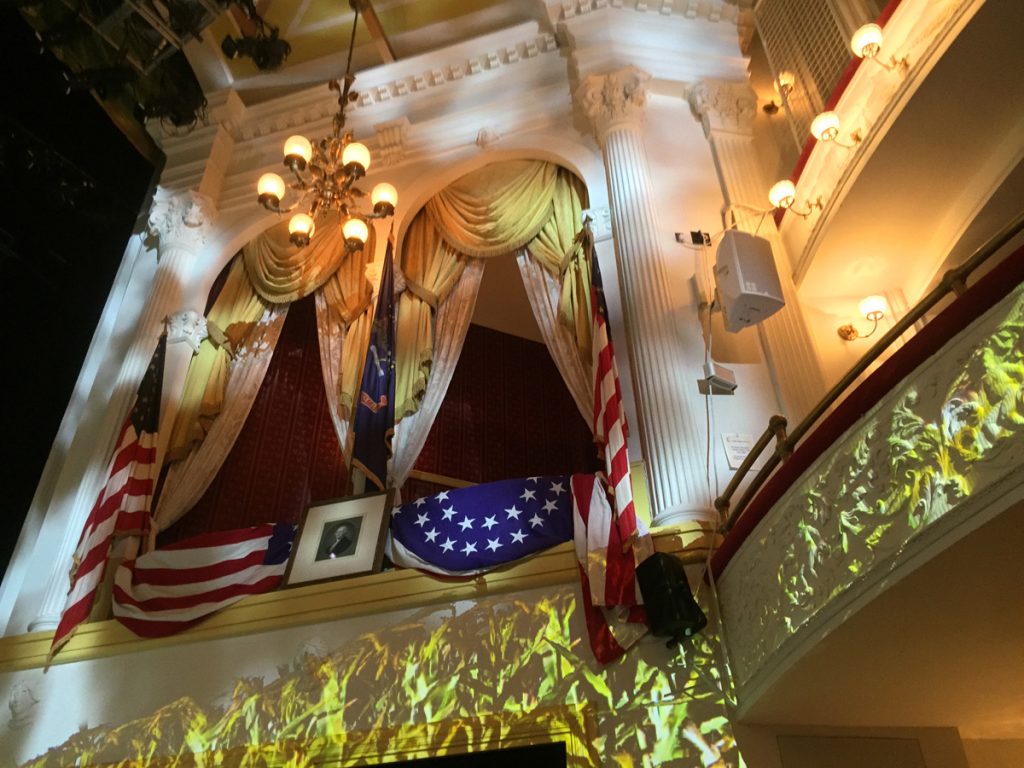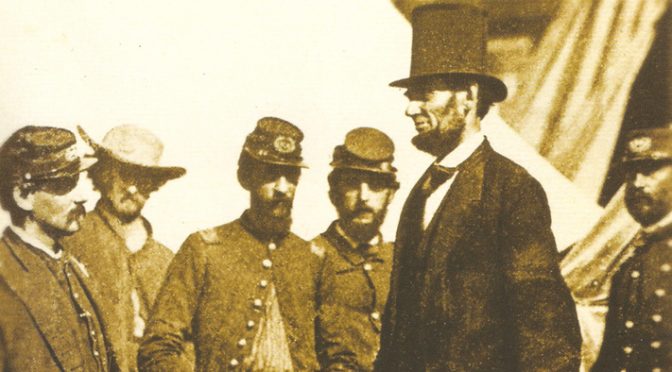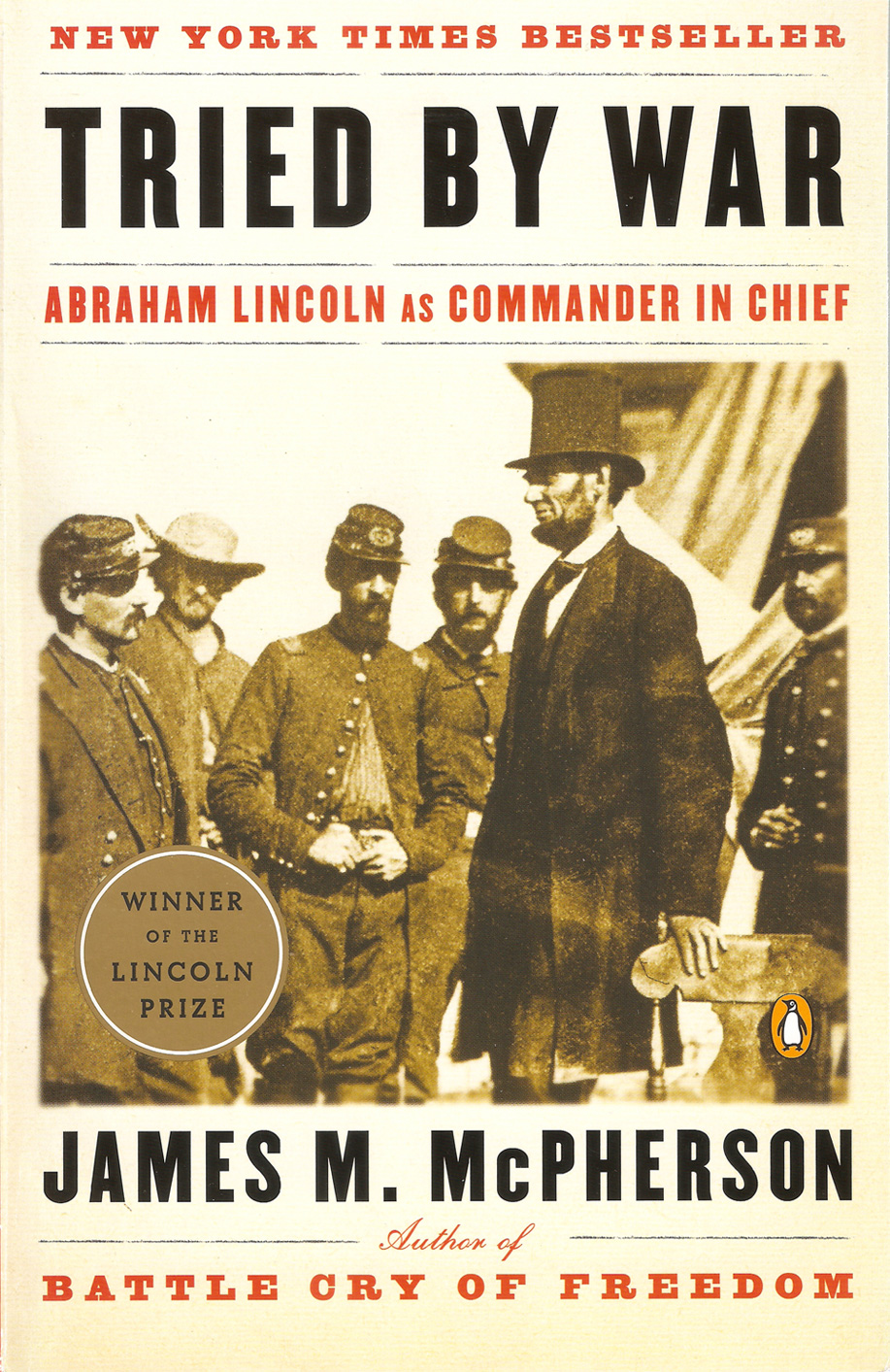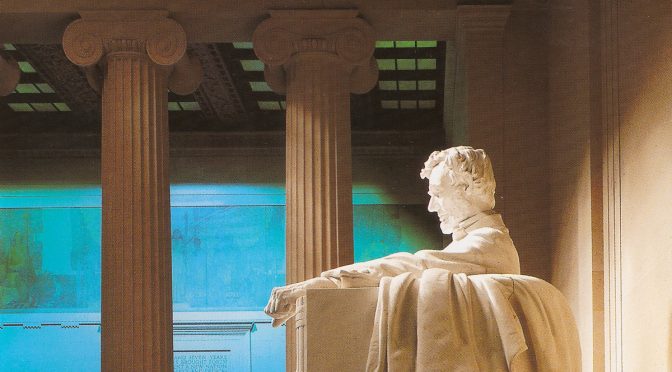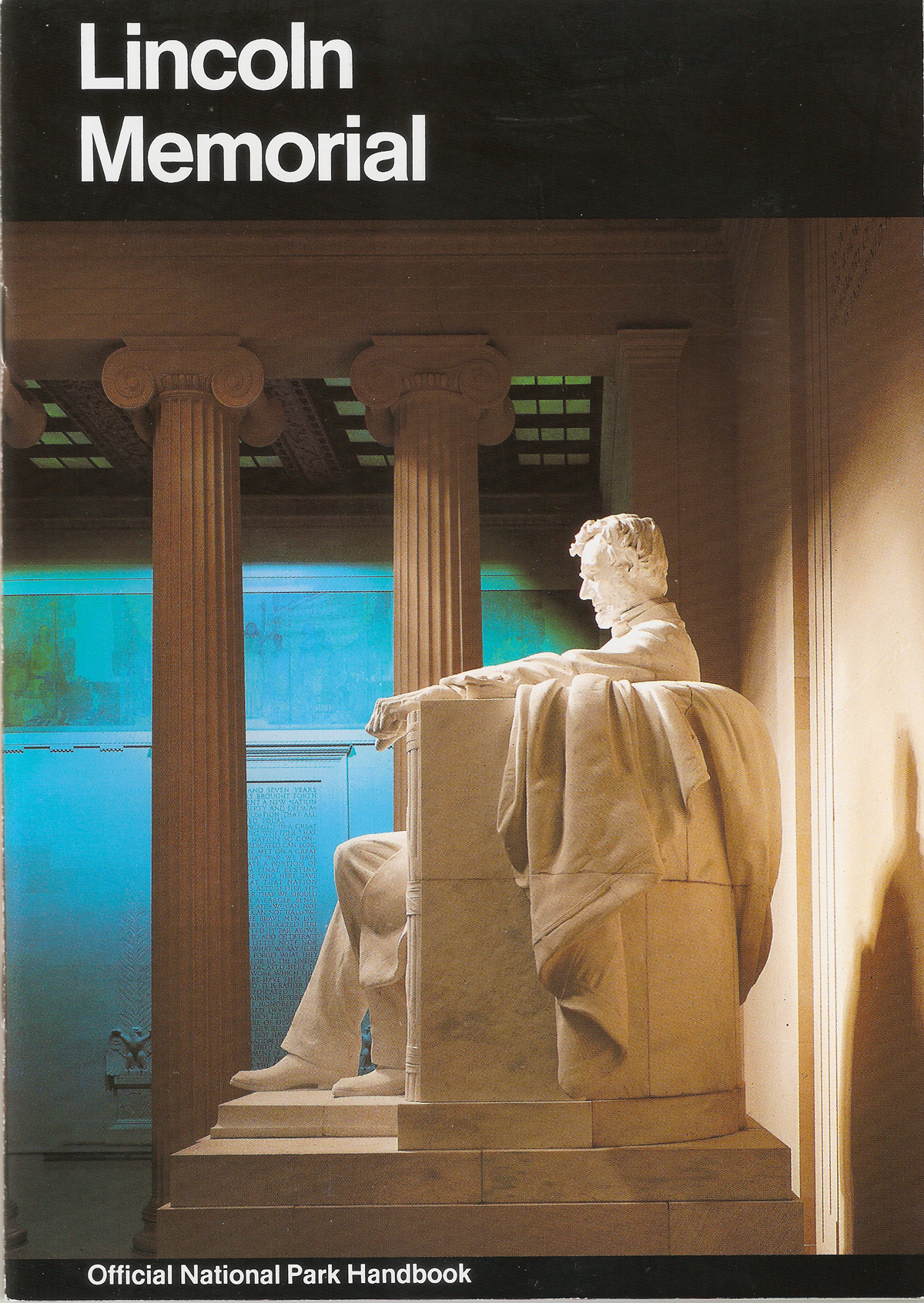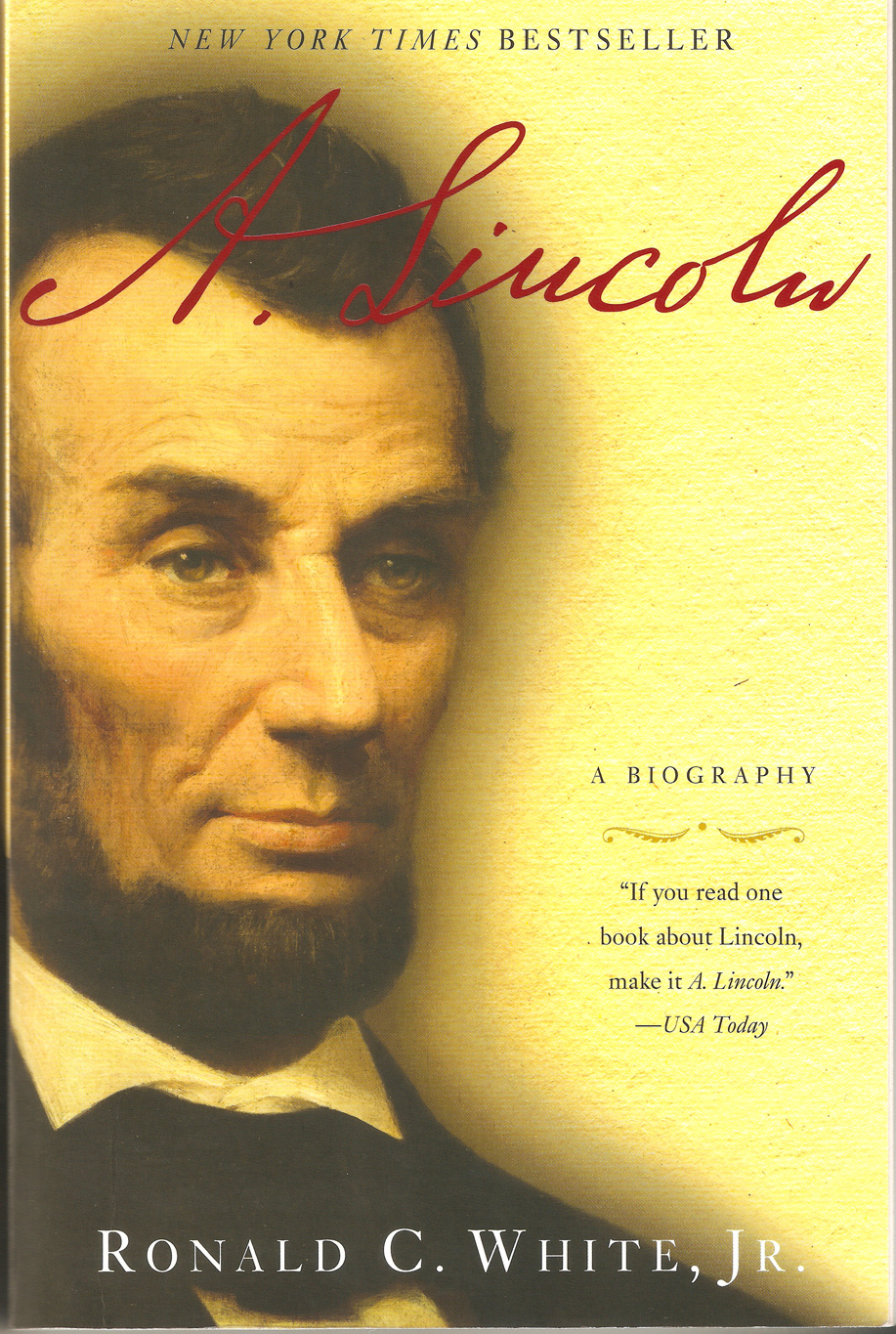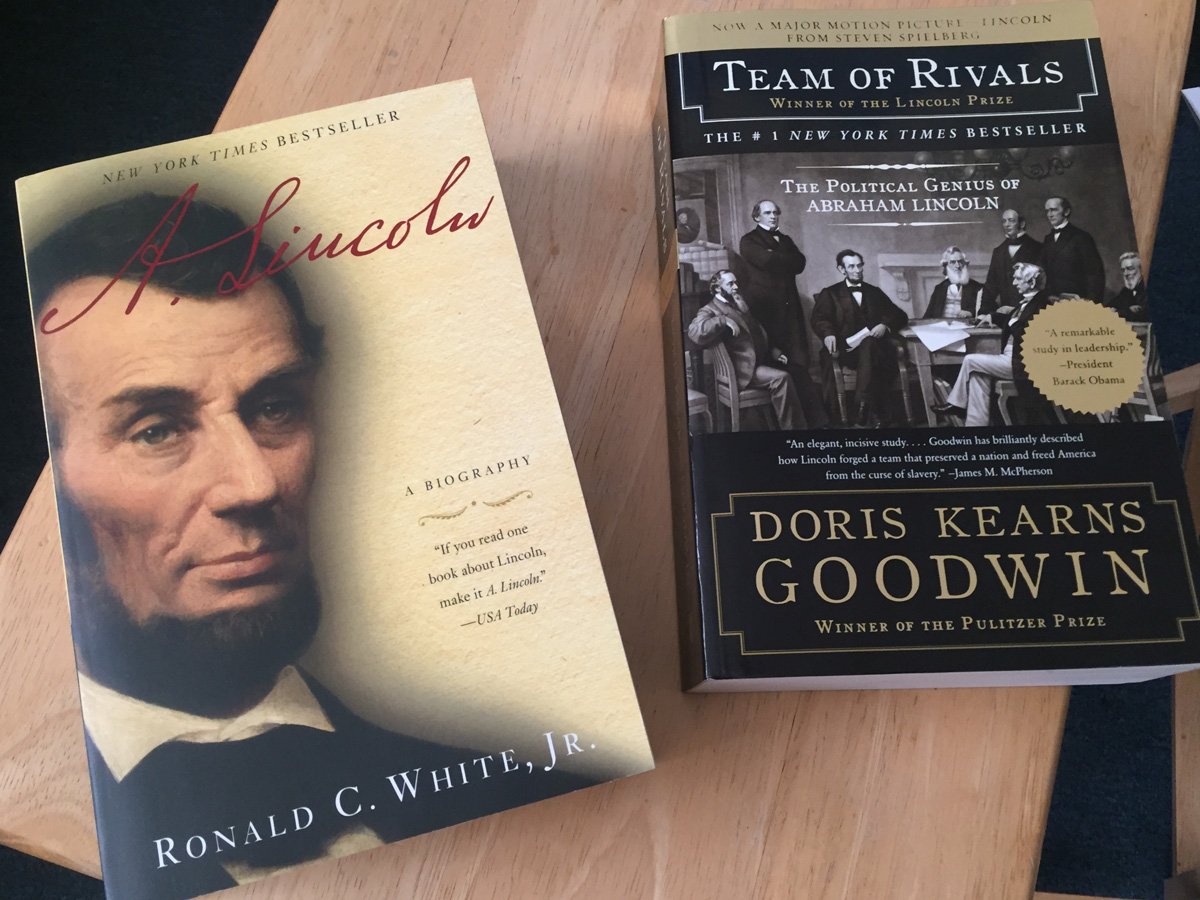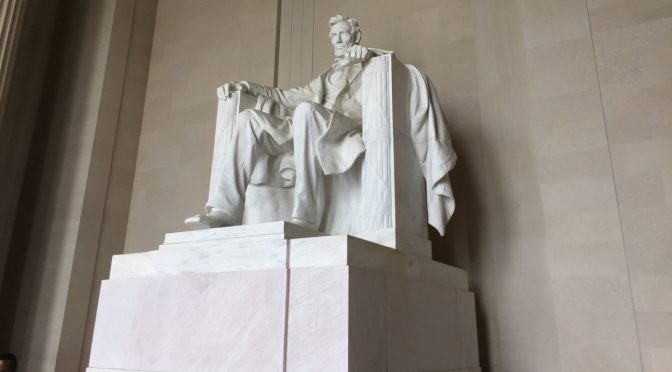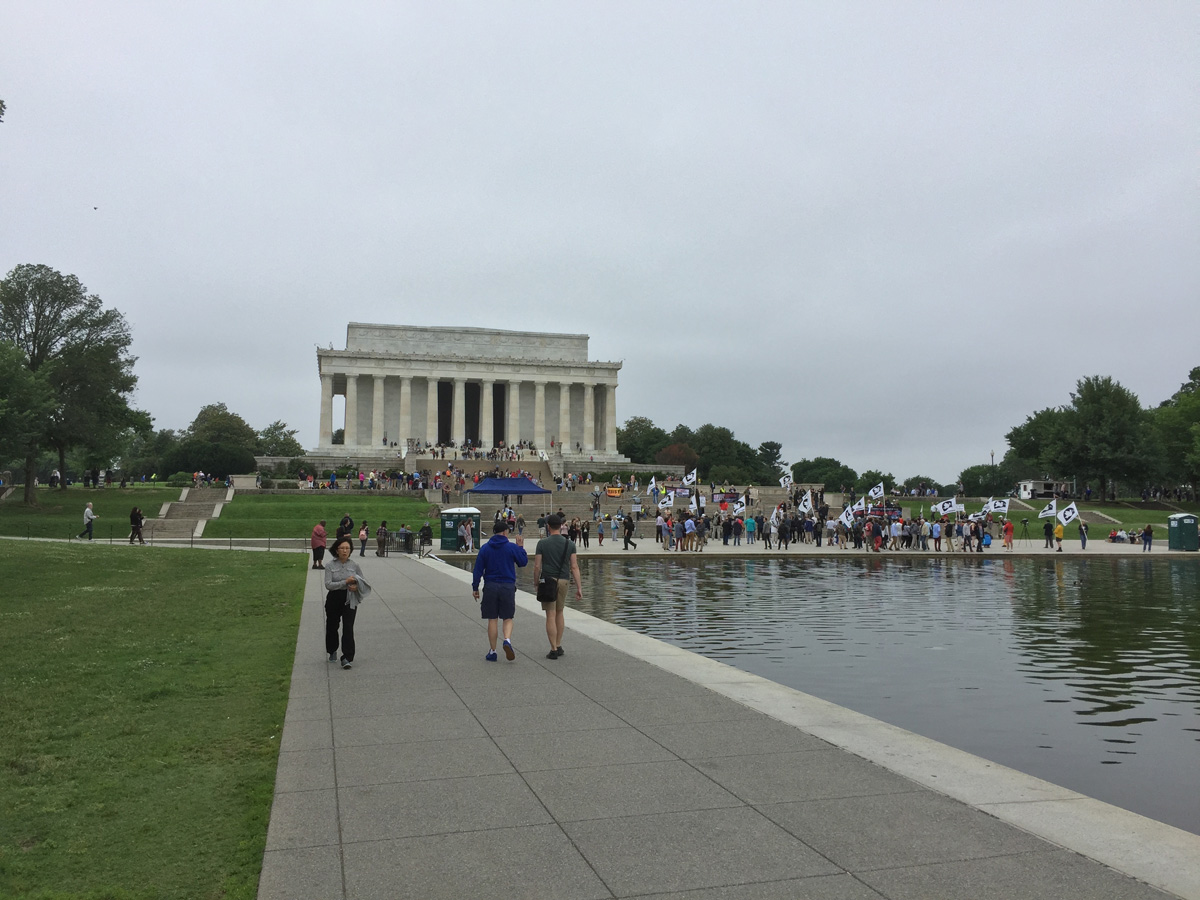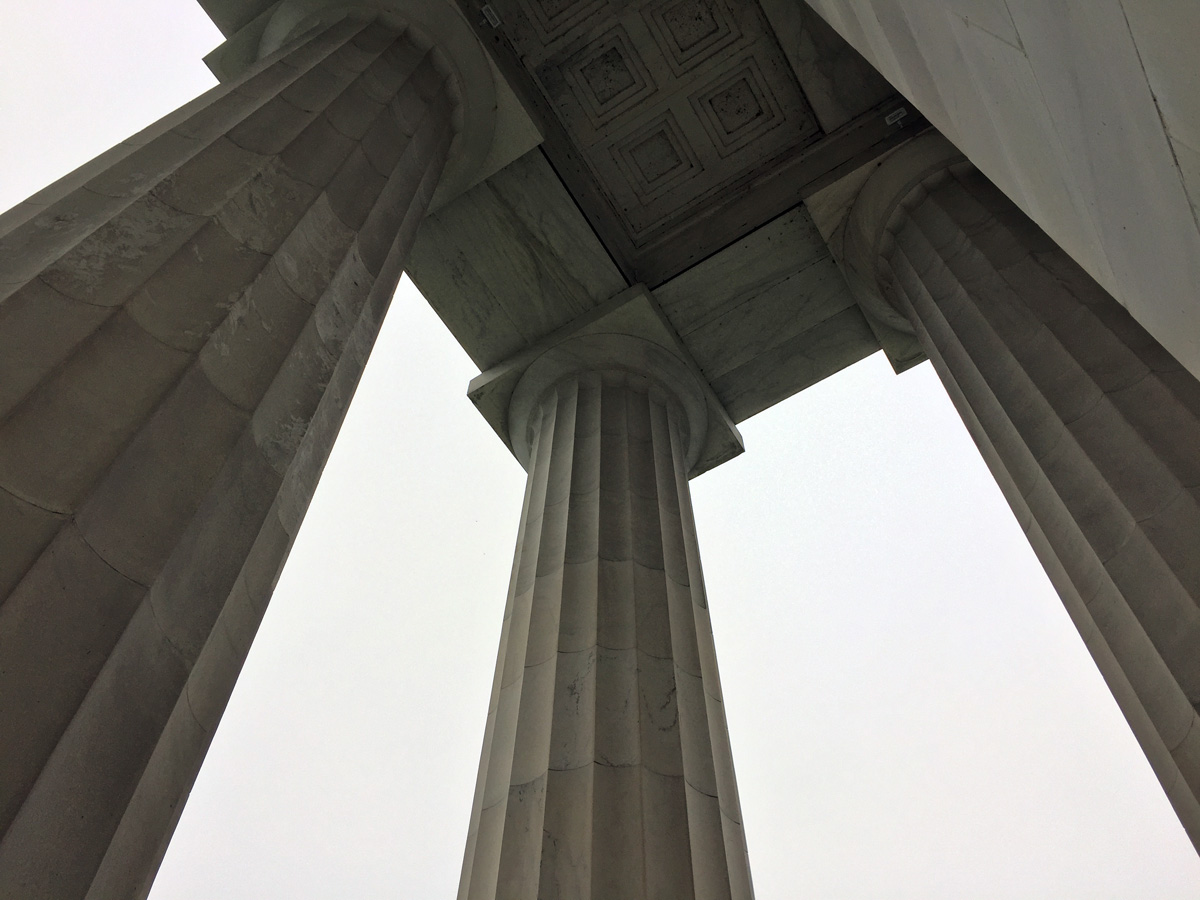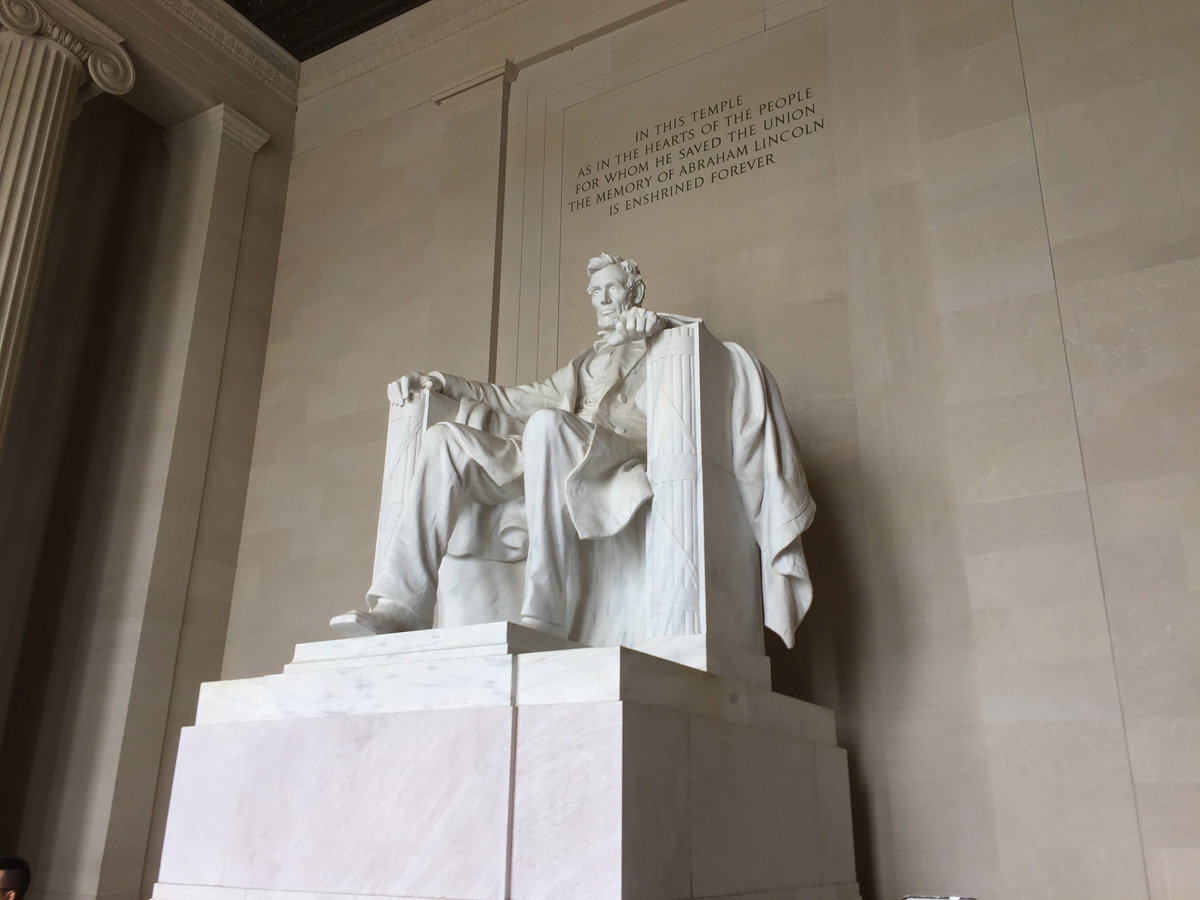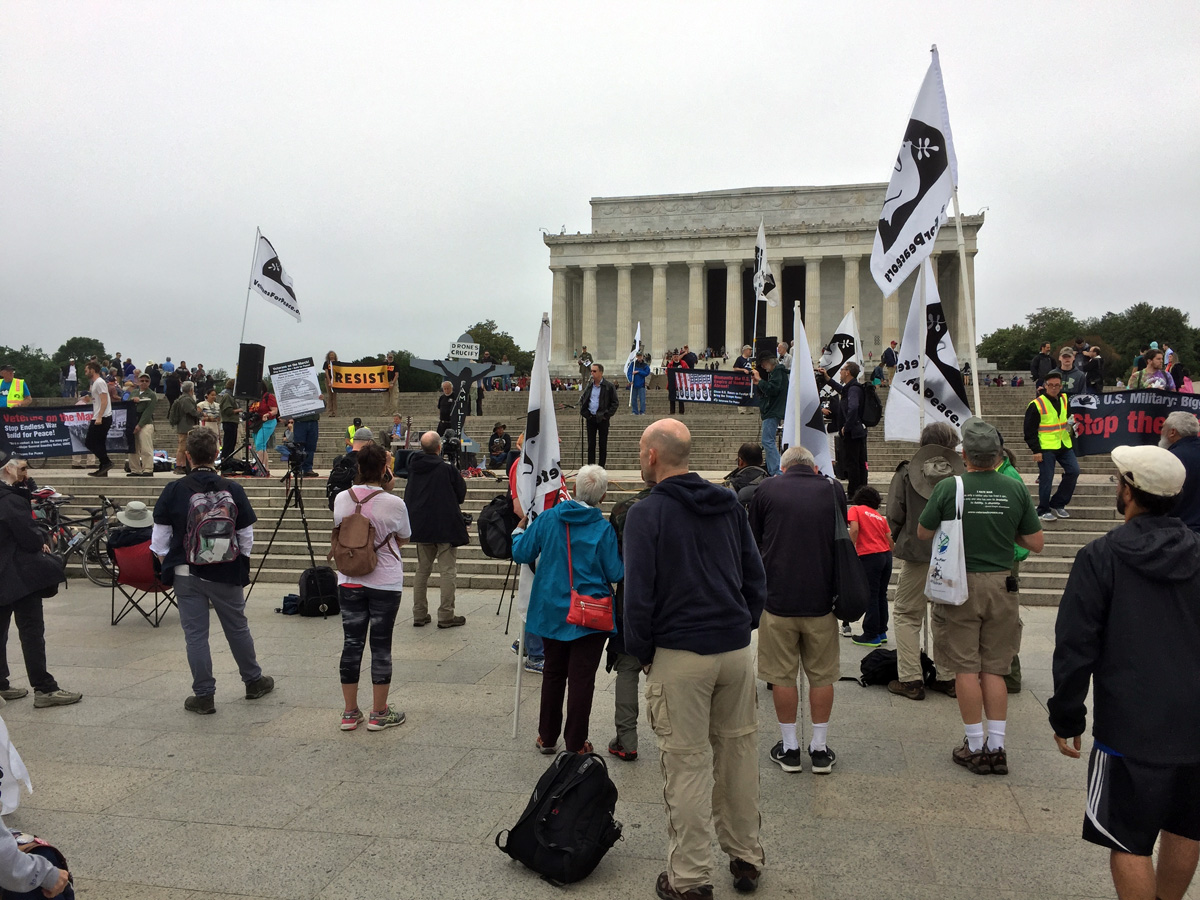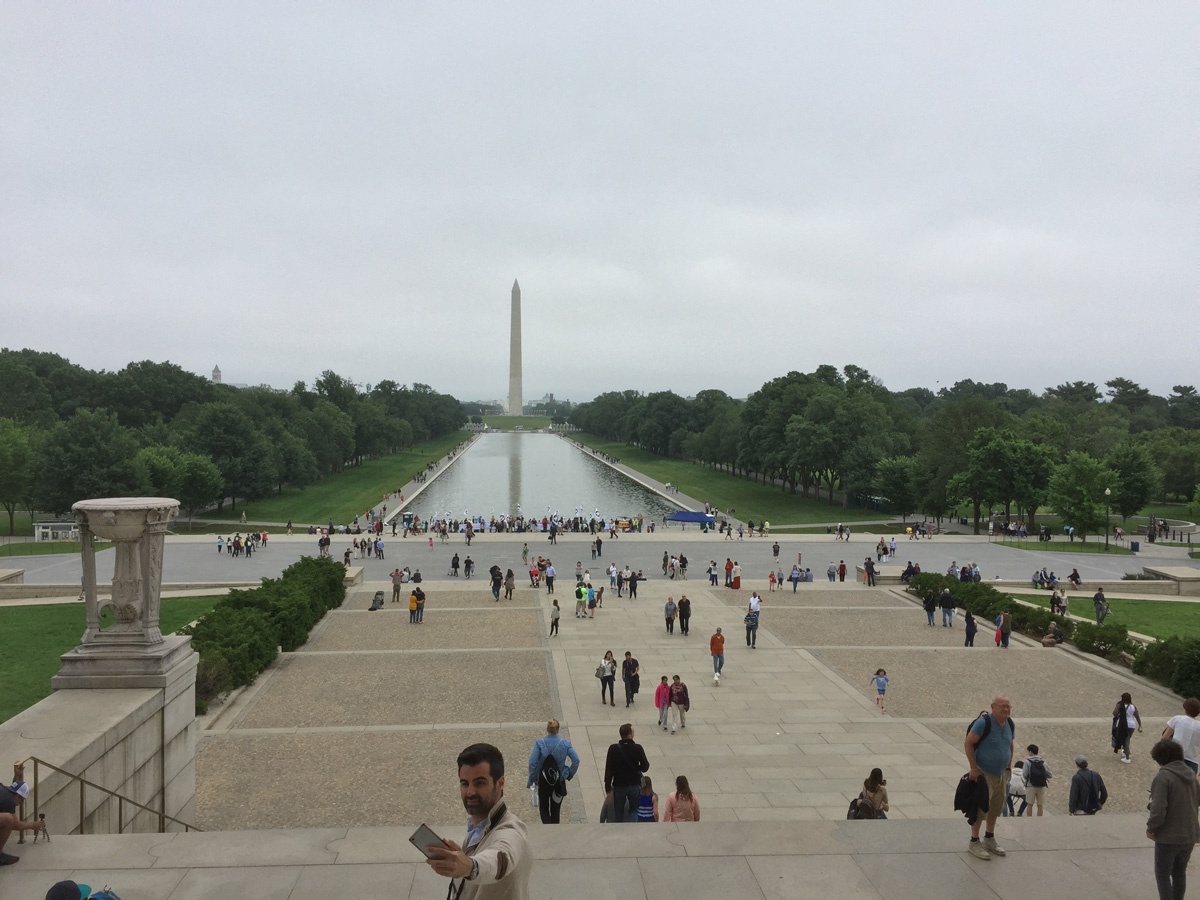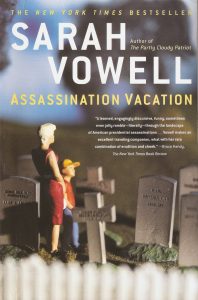 In “Assassination Vacation,” Sarah Vowell writes in the first person about visiting various historical sites relating to the assassinations of Presidents Lincoln, Garfield and McKinley. She travels extensively, as far away as the Dry Tortugas, where Dr. Mudd was imprisoned in the 1860s. She stops by to examine plaques in locations at which incidents of historical significance took place, she goes on guided tours, she visits museums and universities, and she offers many clever insights. It’s an entertaining book to read. It was published in 2005, which is before smart phones and GPS technology. It’s also during the height of George W. Bush’s war in Iraq, and the author sprinkles in plenty of criticism of the then current president into her narrative.
In “Assassination Vacation,” Sarah Vowell writes in the first person about visiting various historical sites relating to the assassinations of Presidents Lincoln, Garfield and McKinley. She travels extensively, as far away as the Dry Tortugas, where Dr. Mudd was imprisoned in the 1860s. She stops by to examine plaques in locations at which incidents of historical significance took place, she goes on guided tours, she visits museums and universities, and she offers many clever insights. It’s an entertaining book to read. It was published in 2005, which is before smart phones and GPS technology. It’s also during the height of George W. Bush’s war in Iraq, and the author sprinkles in plenty of criticism of the then current president into her narrative.
For me, “Assassination Vacation” was even more interesting for two reasons. First, I recently finished reading biographies of our nation’s first 25 presidents, three of whom were assassinated. So I was familiar with many of the names and events described. And second, I happen to live near Gramercy, Madison Square and Union Square parks, which are among the locations mentioned often in the book.
The author offers a number of keen observations. One of them is that Robert Todd Lincoln, President Lincoln’s oldest son, was present at the assassinations of not only his father but also of those of Garfield and McKinley. (She jokingly refers to him as “Jinxy McDeath.”) Another is that Lincoln’s last conscious moment was likely one of laughter. That’s because John Wilkes Booth, an actor who knew the play “Our American Cousin” by heart, waited for the exact moment at which a line that would have elicited audience laughter to fire his gun. She surmises that Lincoln himself therefore would have been laughing when he was shot. Another fun notation she makes is that the powerful Senator from New York, Roscoe Conkling, was arguably more famous than President Chester A. Arthur, as evidenced by the inscriptions at the bases of their respective statues in Madison Square Park. Conkling’s, she points out, just gives his name while Arthur’s states that he was 21st President. I’ve walked by these statues hundreds of times and never considered this juxtaposition.
She devotes one chapter each to Lincoln, Garfield and McKinley, then she concludes with a chapter on the architectural design of the Lincoln Memorial. She also ties in Kennedy’s assassination and the famous Lincoln-Kennedy coincidences. It’s this last chapter, which concludes with the dedication of the Lincoln Memorial, taking place in 1922, that is the most poignant. Robert Todd, who by that time was an old man, was present for that as well. It brought a tear to my eye.
If I ever write a book myself about the presidents and someday I just might, I hope that it would be as fun, informative and heart-warming as “Assassination Vacation.”


